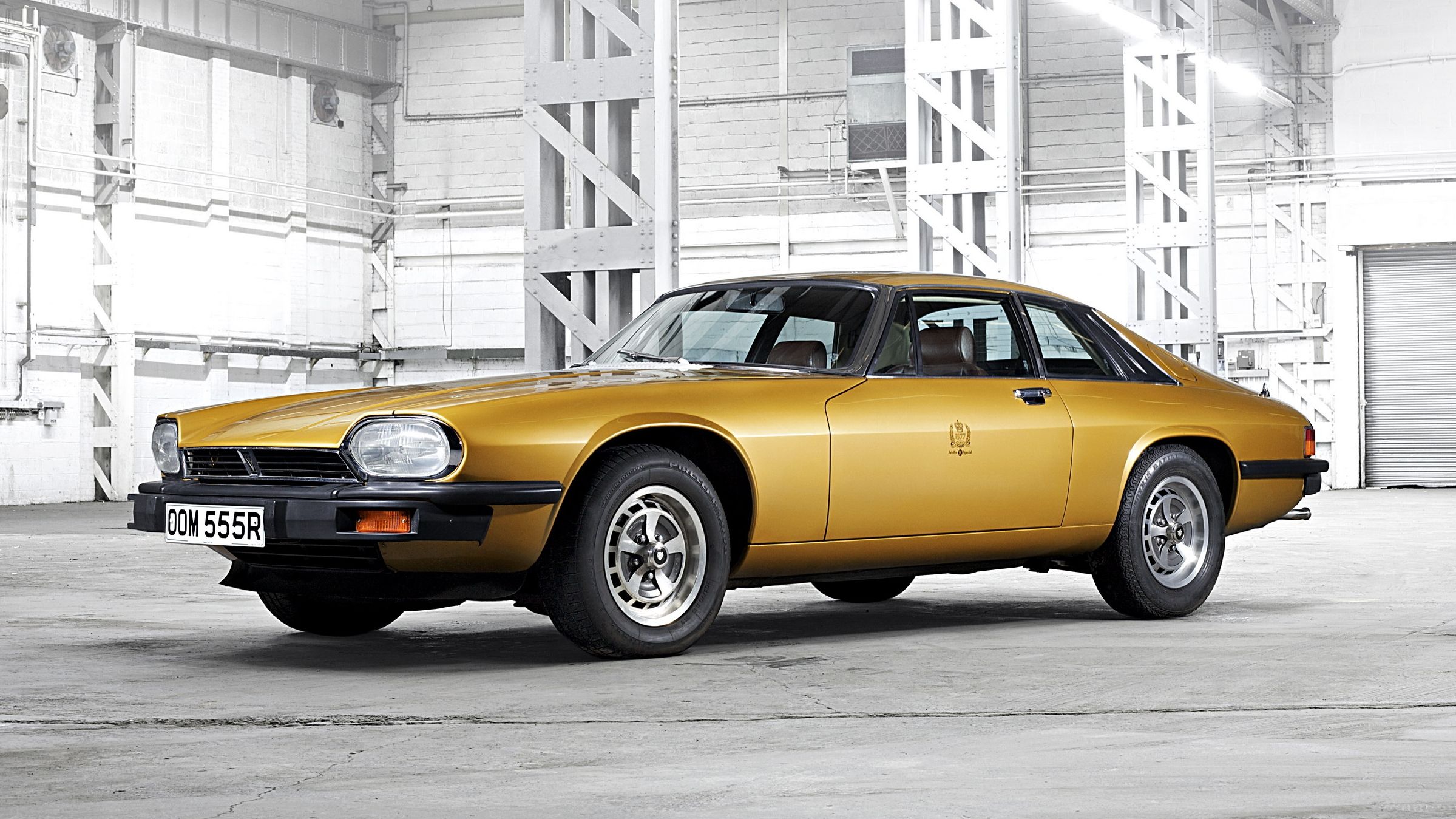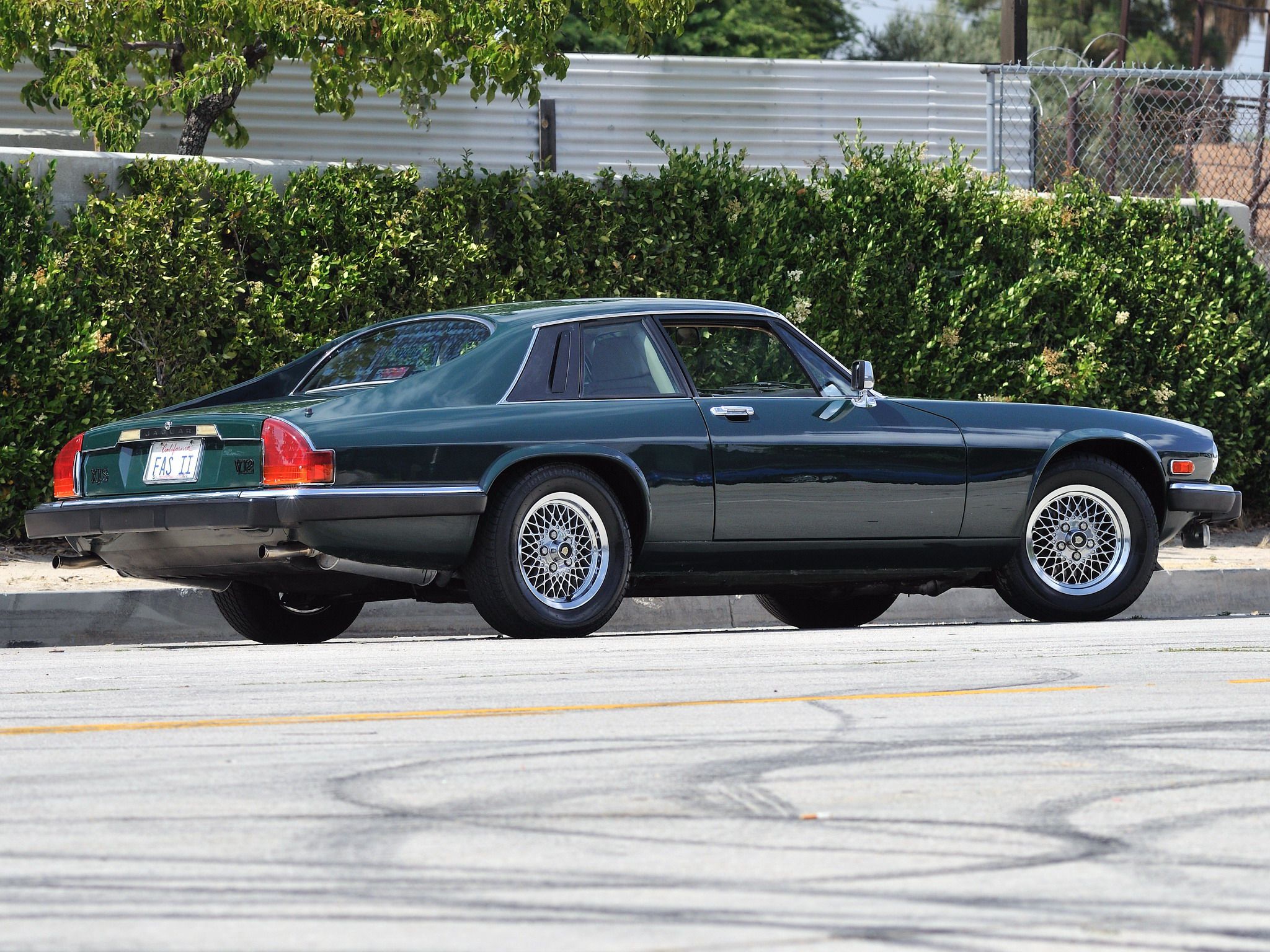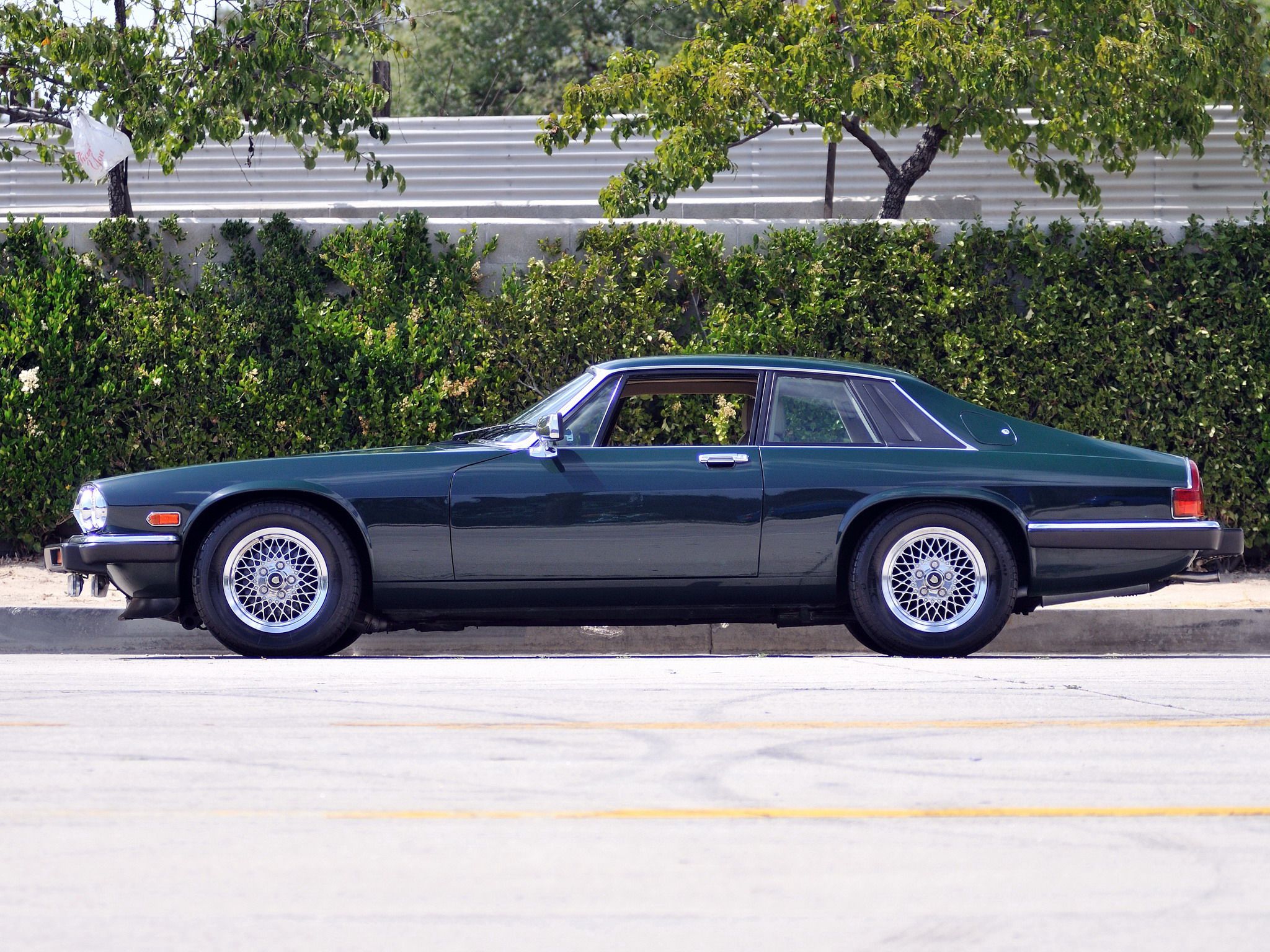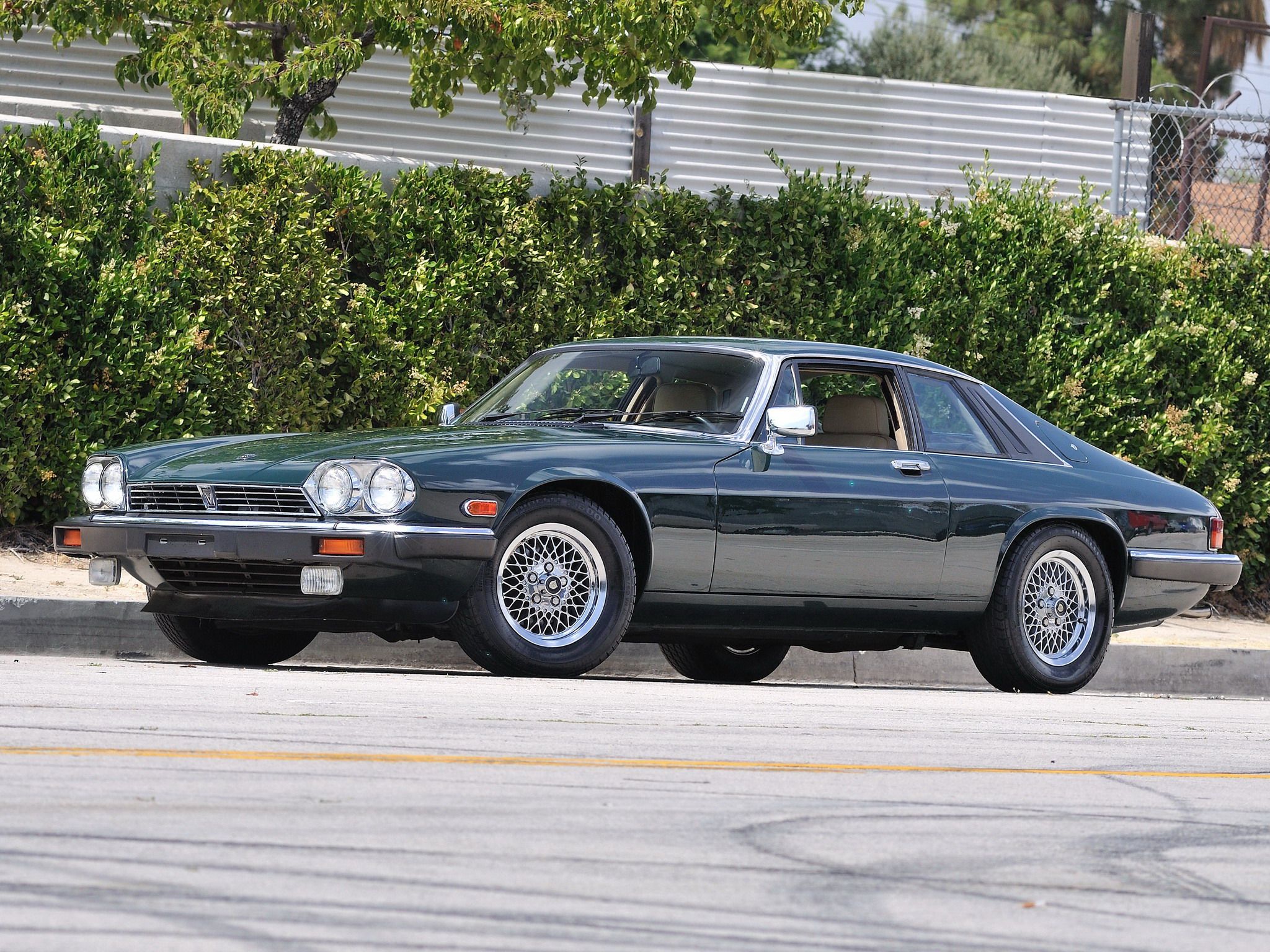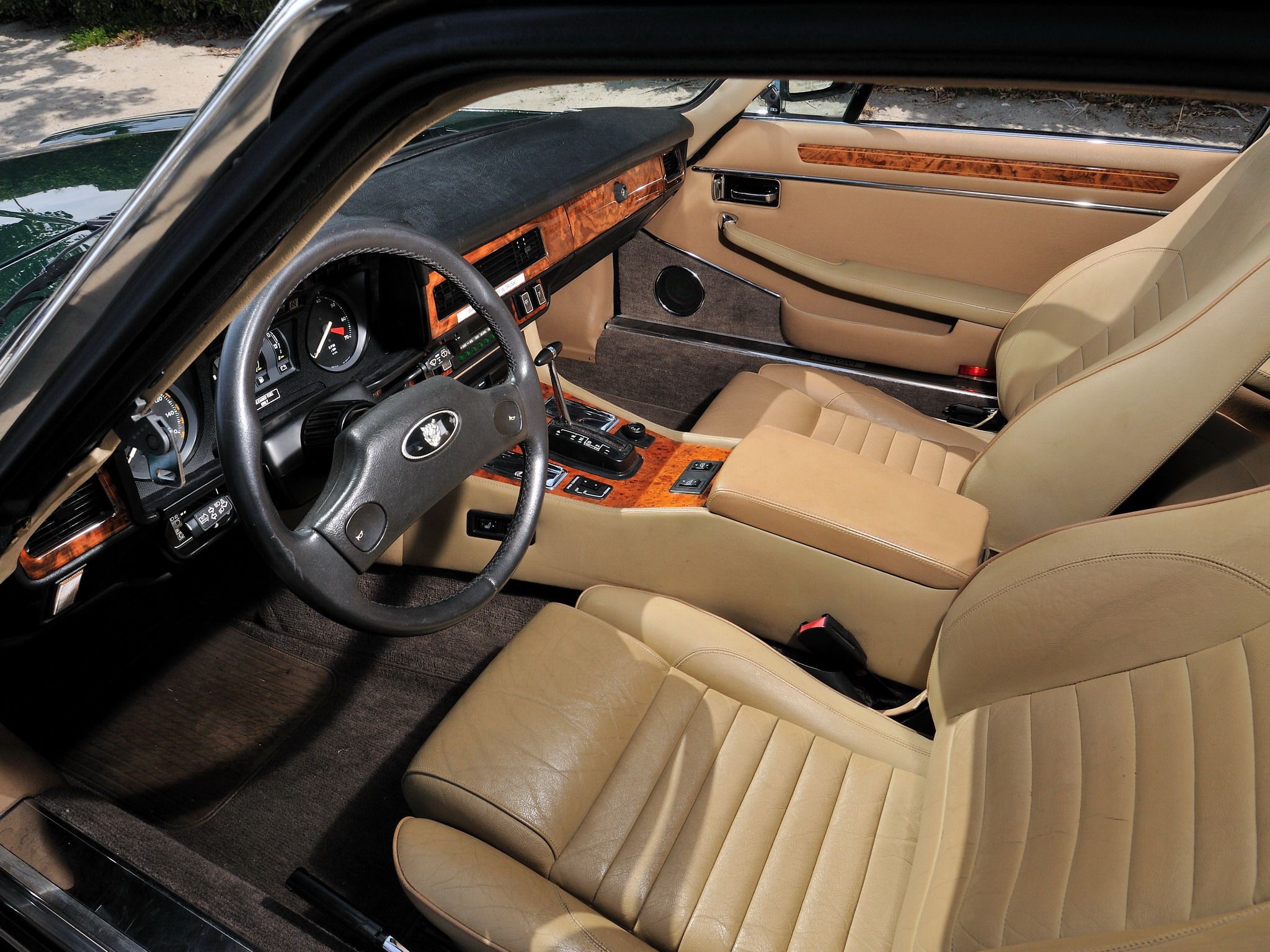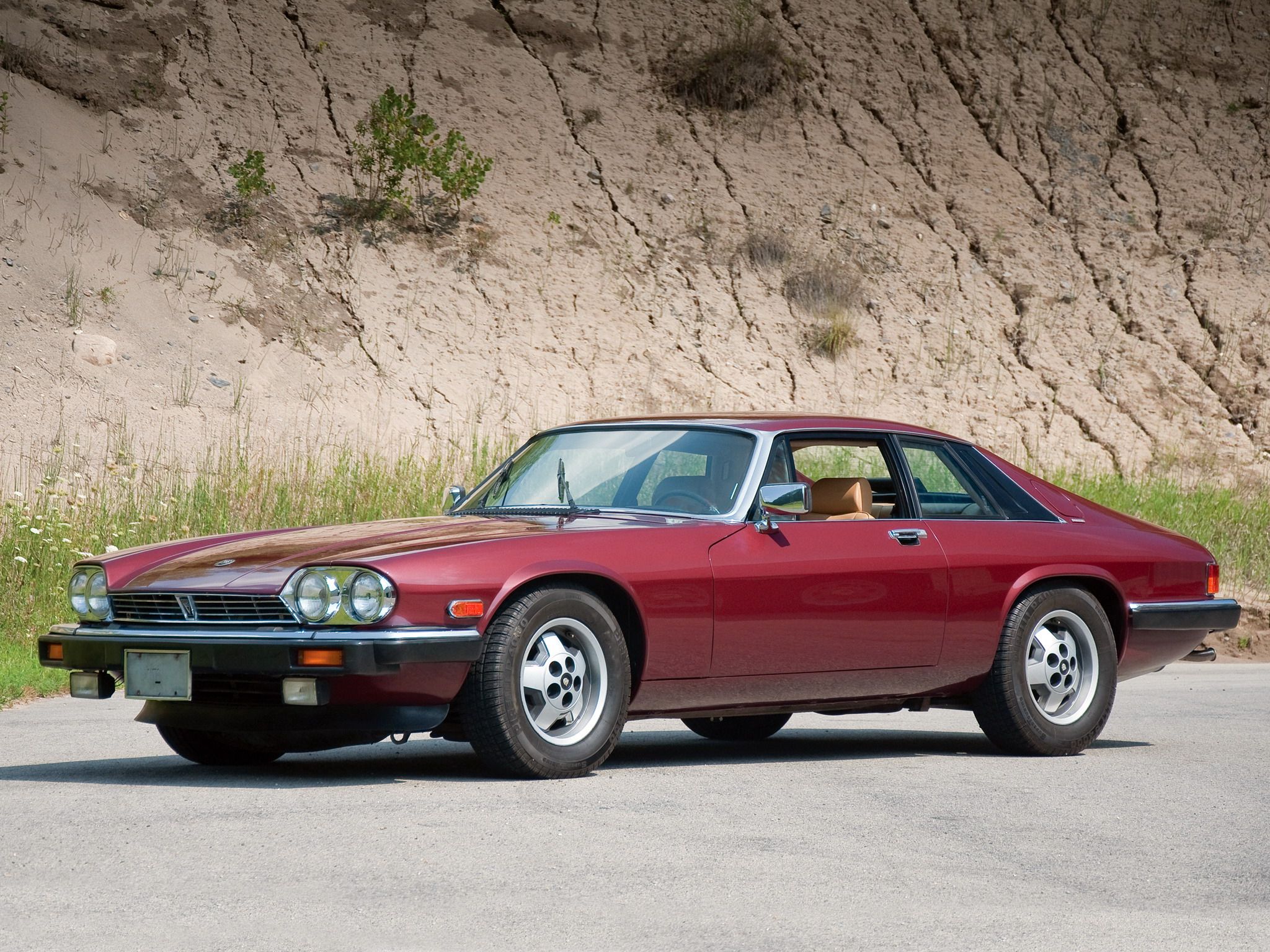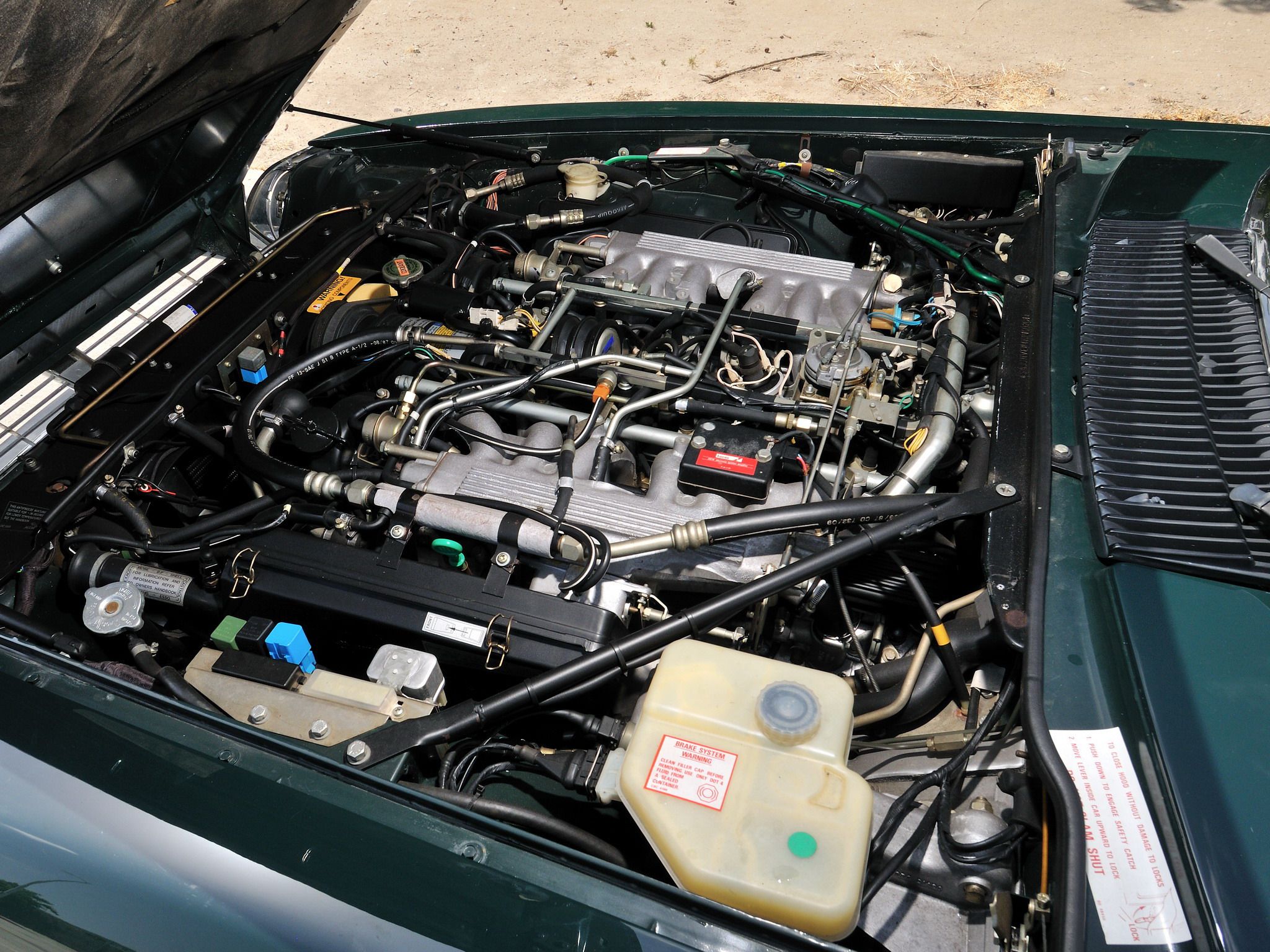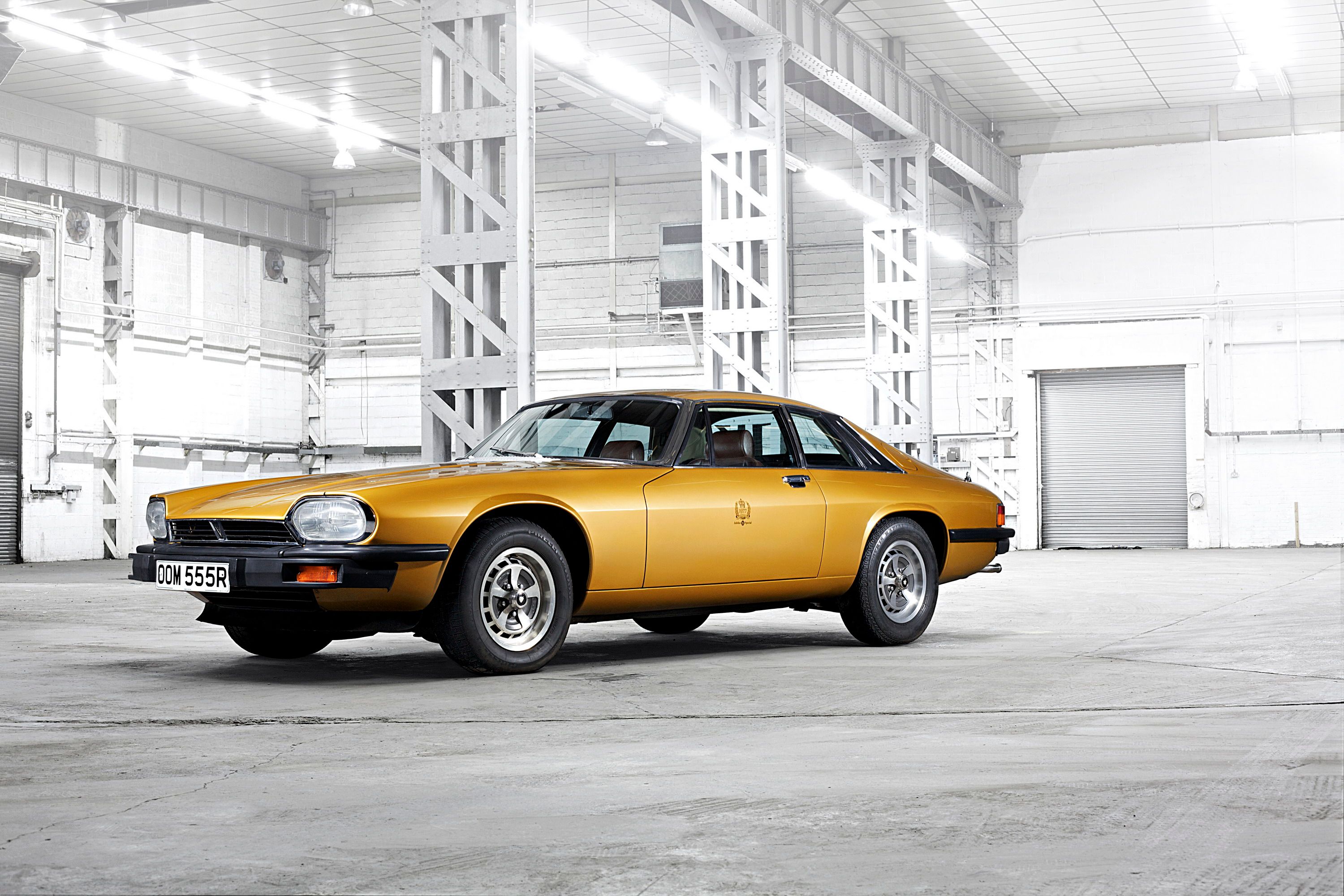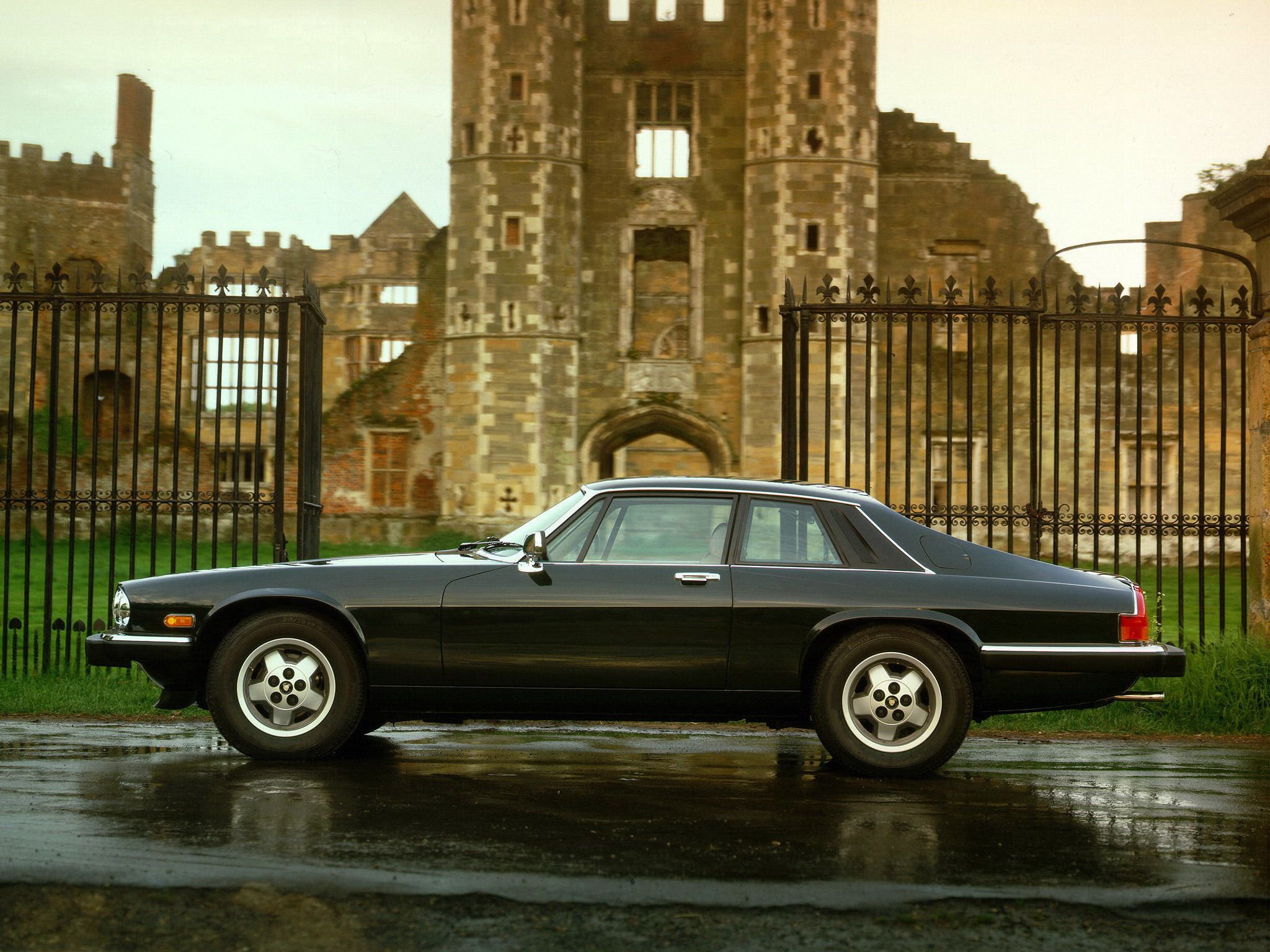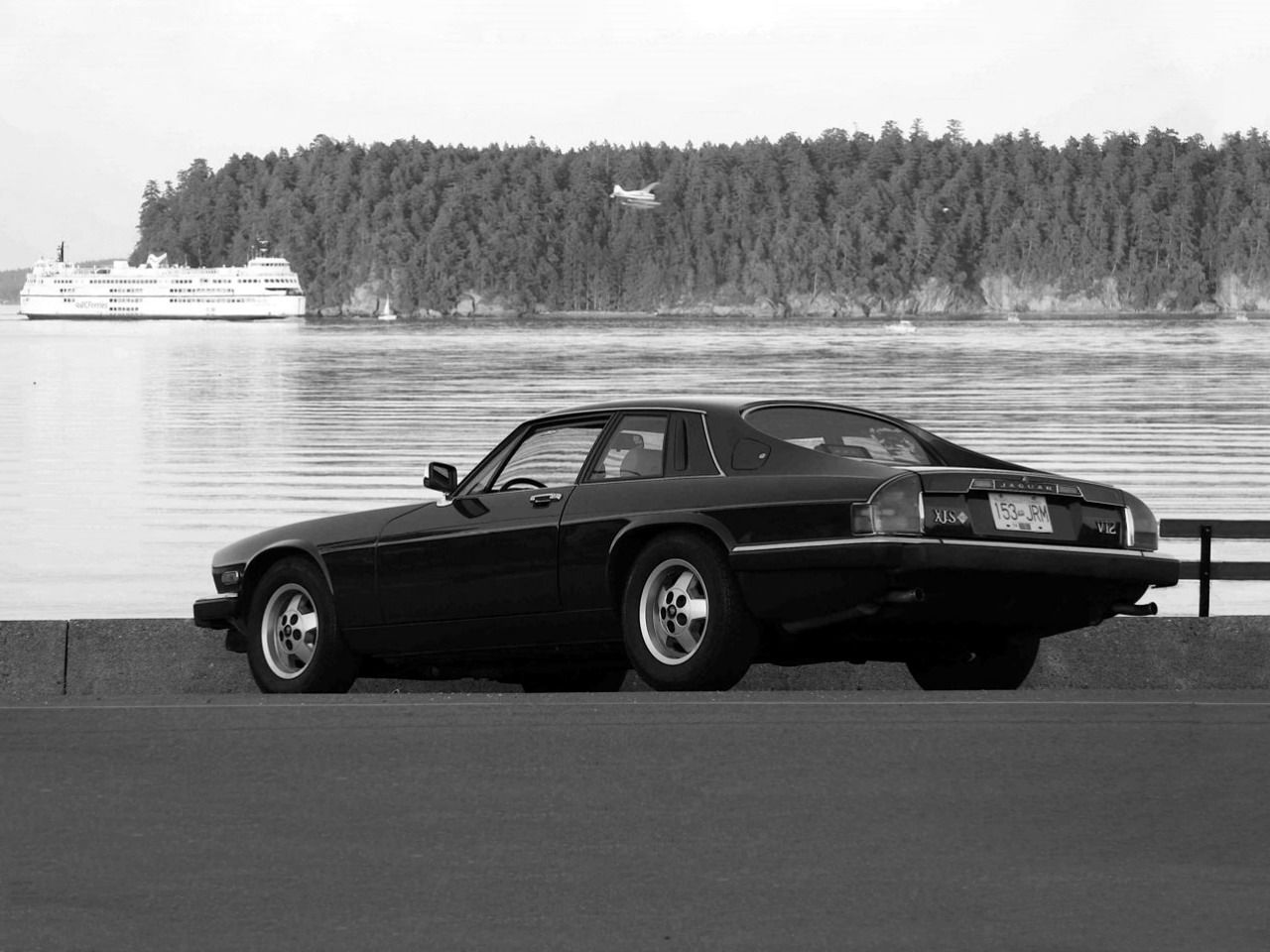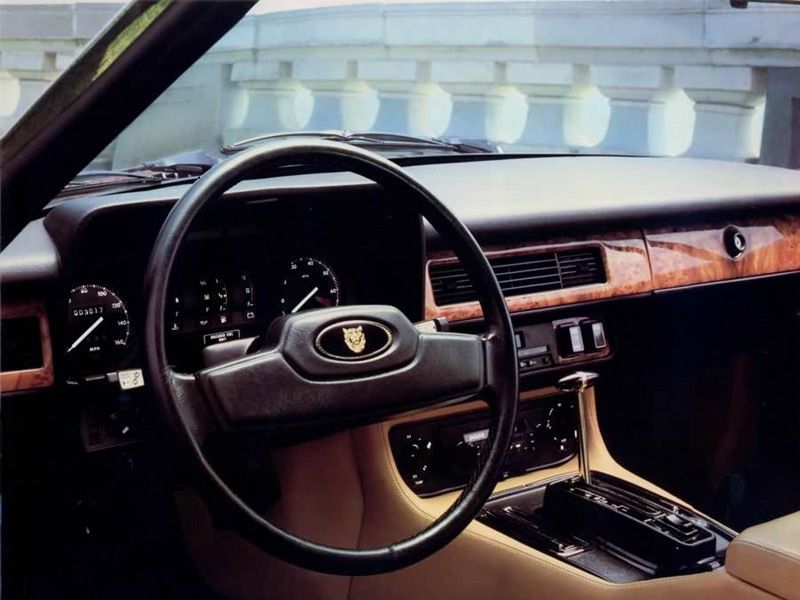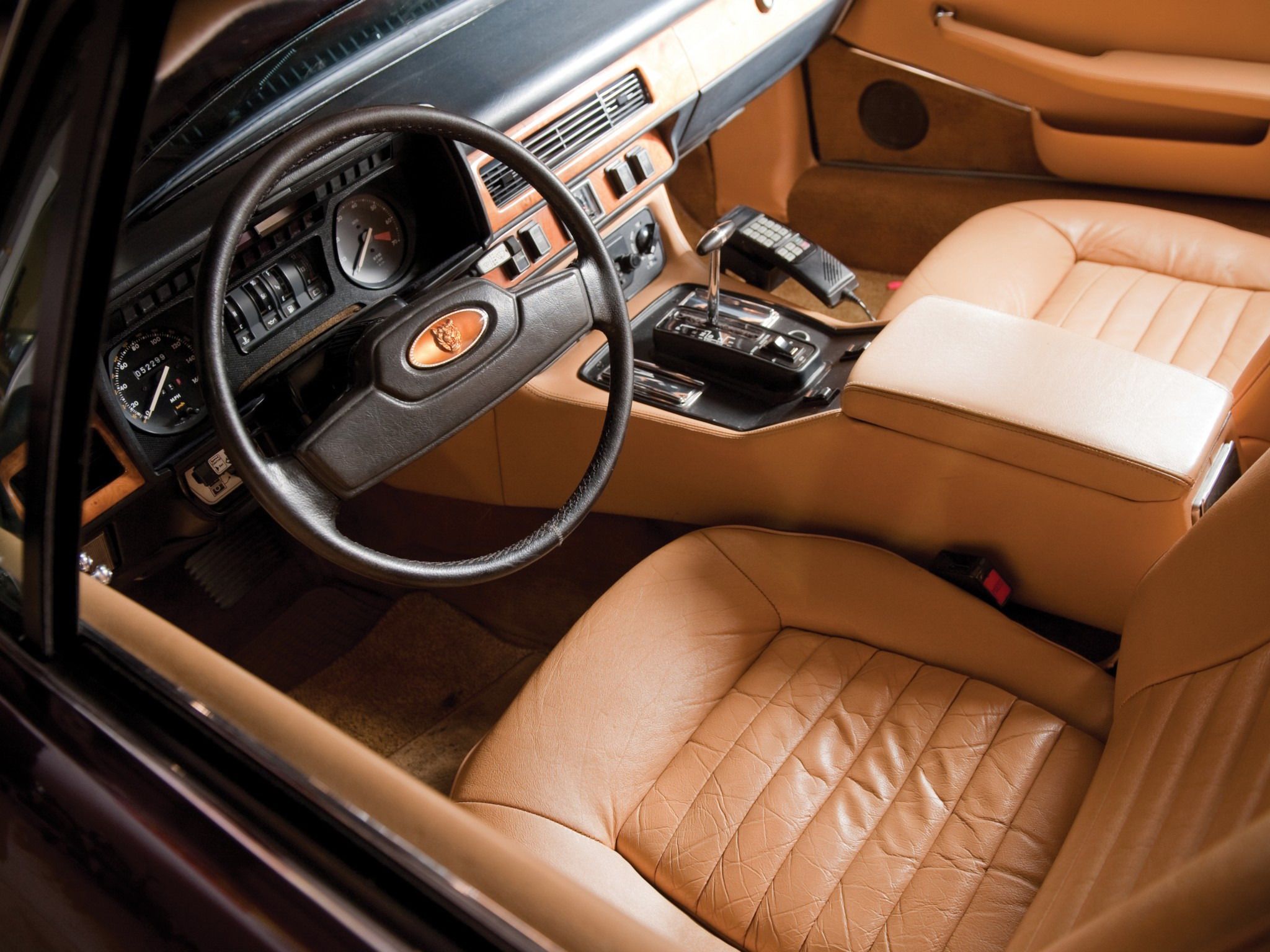The Jaguar->ke39 XJS has an odd sort of niche as a classic car.->ke503 As the replacement for the 1961-1975 Jaguar E-Type, there was a lot of misunderstanding about what kind of a car it was supposed to be. A lot of people think it was a terrible sports car,->ke506 when in reality it was built as a grand tourer/executive coupe.->ke141 It was also first built at a time when emissions regulations strangled the engine, 5-mph bumpers disrupted the flow of the lines in the bodywork and Jaguar's reliability as a whole was not quite where you'd want it to be. But the XJS was in production for a long time, from 1975 to 1996 (for a total of 115,413 units, a huge number for car in this price range), so it clearly offered something to those who bought them.
Harry Metcalfe, formerly of EVO magazine, has put out a new video->ke278 talking about the history of the XJS and taking a look at a well preserved Series I example.
Continue reading to learn more about the Jaguar XJ-S V12.
1975 - 1980 Jaguar XJ-S V12
- Make: Array
- Model: 1975 - 1980 Jaguar XJ-S V12
- Engine/Motor: V12
- Horsepower: 285
- Torque: 399
- Transmission: 5-speed manual
- [do not use] Vehicle Model: Array
Exterior
The XJS was based on the large XJ->ke1206 sedan,->ke142 and quite a lot of the design elements carried over, despite there being two fewer doors.
One of these is the insanely long hood, but this is at least understandable, as there was quite a lot of engine for it to cover. Less excusable are the bumpers, which were added to comply with new U.S. regulations, and it was the unfortunate norm of the day for a lot of elegant European cars to have these hideous plastic monstrosities forced on them.
Then there are the flying buttresses that connect the roof to the rear deck. Some people aren't wild about this feature, but fans of the XJS generally consider them to be the car's most charming design feature. And not only are they charming, but they add to the XJS being one of the more aerodynamic cars of its time, with a lower coefficient of drag than that of the E-Type.
The front fascia on the car is quite different from that of the XJ. This was important because Jaguar also had the XJ Coupe at the time, and Jaguar wanted it to be easy to tell the two apart. The XJ Coupe was later dropped from the lineup, presumably because it was pointless to keep building both cars.
Exterior Dimensions
|
Length |
191.72 Inches |
|
Wheelbase |
102 Inches |
|
Curb weight |
3,858 LBS |
Interior
Today it would not be completely insane to build a luxury car->ke505 without any wood in the interior, but in 1975, it was a very different kind of choice for Jaguar. The look was clean and contemporary, at least as far as designs of the time went. And even when Jaguar decided to offer wood trim options in later versions of the car, the interior still looked great. The look is altogether much more sleek and sporting than that of the XJ, while still offering the same kind of acreage for the leather upholstery. The line between sports car and grand tourer is quite often needlessly blurry, but in the case of the XJS, the idea of what a GT should be is really well executed, and the interior is therefore appropriately comfortable.
Drivetrain
V-12 engines were pretty rare in 1975, but Jaguar had been working on various versions of the engine since the '50s. The idea was originally to use them just for racing, but they eventually found their way under the hood of the Series 3 E-Type in 1971, and as the E-Type's replacement, the XJS would inherit the engine. The design is a very logical one, and it is essentially two of Jaguar's hugely successful XK inline-six engines stuck together in a V. Early cars like the one in the video had 5.3-liter versions of the engine, but the engine would grow to 6.0-liters and gain improvements like fuel injection toward the end of its production cycle.
Horsepower numbers were never all that high, but since the engine is based on the XK design, which emphasized torque rather than horsepower, this is understandable. This is why it produces 399 pound-feet of torque but only 285 horsepower. The car wasn't especially fast, but then not much was in the late '70s, and the XJS's performance numbers were on par with its competitors. These early models were the quickest XJS models ever made, thanks to the shorter gearing in the transmission, when compared to the later HE models.
Drivetrain Specifications
|
Type |
5,343 cm3 V-12 |
|
Output |
285 HP |
|
Torque |
399 LB-FT |
|
Transmission |
manual 5-speed |
|
Top Speed |
150 MPH |
|
0 to 60 MPH |
6.8 seconds |
Prices
The XJS was a flagship model for Jaguar, and inflation-adjusted numbers put new ones at selling for around $85,000 to $100,000 in today's dollars. But even cars that sold for a lot when new won't be worth a whole lot as classics if they aren't rare, and the XJS is not rare at all. You can therefore pick them up today for a few hundred dollars if you buy a crap one, or even a reasonably good one for less than $10,000.
1992-1996 models, especially those with the 6.0-liter V-12, go for more, as do particularly well-preserved earlier models. It's not unusual for these to break the $20,000 barrier and even sometime $30,000, but for anyone asking more than that, it would have to be an exceptional example. It's possible that a really well-preserved example may one day prove to be a good investment, but that would have to be very far down the road.
Competition
1978-1995 Porsche 928
The 928->ke928 and the XJS have quite a lot in common. They hit the market pretty close to one another and both were grand tourers built as replacements for sports cars, in this case the 911.->ke282 Of course, Porsche->ke1 found that there was room in the lineup for both cars, and the 928 would enjoy a production run (1977-1995) that was nearly as long as that of the XJS. Because of this long production run and similar pricing, the 928 is about as easy to find and sells for about as much as the XJS. It's somewhat more reliable, and is less likely to leak oil, but both are cars that you buy simply because you love them.
Read our full review of the 928 here.
1972-1989 Mercedes-Benz SL (R107)
This particular incarnation of the SL->ke950 ran from 1971 to 1989, and was an even bigger hit than the XJS and the 928. Mercedes->ke187 built more than 300,000 of them, and with some of them coming with straight-six engines, it's not going to cost you a whole lot to get your hands on one. But the R107 is still a great '70s European grand tourer. The styling is clean and simple, with a very classic look. It's available as a convertible as well, although these are more rare and you can expect to pay more for an SLC. Even the models with bigger V-8s can't quite match the Jaguar's power, but it is a few hundred pounds lighter, and you hopefully aren't buying a car from the '70s for its 0-60 time anyway.
Read our full review here.
Conclusion
There isn't a really compelling reason to buy an XJS. They aren't especially valuable or unique, they're mechanically troublesome and a present-day Hyundai Sonata->ke1859 will hit 60 mph faster. But you should absolutely get one anyway. The XJS is a GT car from the days when nobody cared what a GT did around the Nurburgring,->ke999 it's a car that happens to offer what was a good deal of power for the day, but only after making sure that you were comfortable in it. In fact, you should take a cue from Harry Metcalfe and his video; the XJS is a car for cruising around in comfort and style. You can pass trucks when you need to, but you have nothing to prove. Just don't think of it as an E-Type replacement and you'll be fine.

